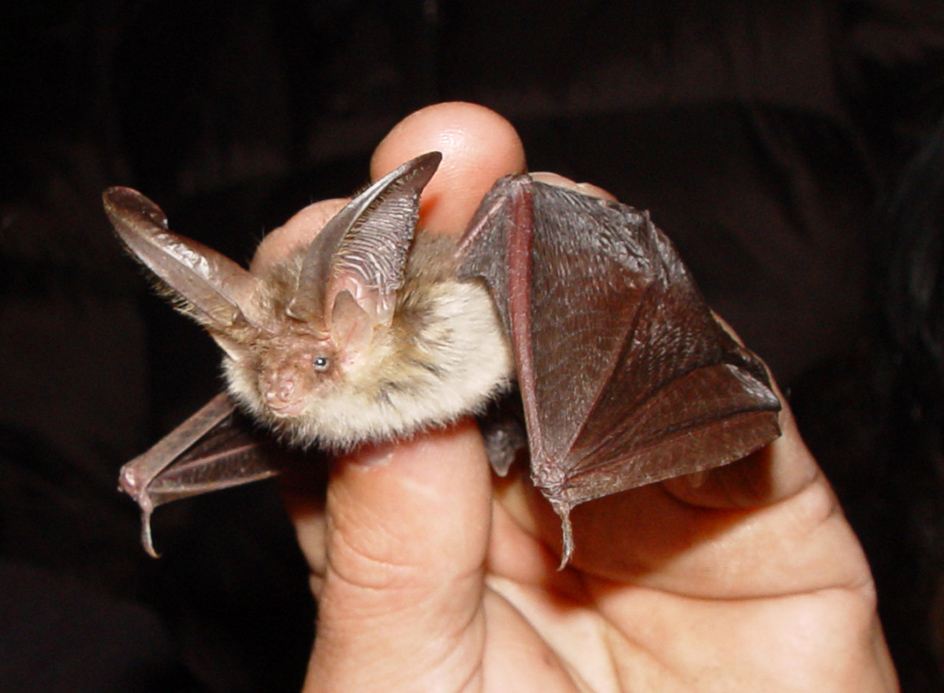The supplementary inspection and conservator's reports highlighted the urgency of appropriate repairs to this historic building and emphasised the necessity for these to be carried out immediately. A sizeable fragment of decorated plaster had already fallen and there were cracks in other places. Repairs were required urgently to improve the disposal of rain and surface water and to prevent further deterioration of the structure and more costly repairs in future.
|
|
|
internal work in progress |
The project design was complicated by the a survey carried out by Swift Ecology in September 2018 which identified three species of bat: brown long-eared (Plecotus auritus), common pipistrelle (Pipistrellus pipistrellus) and lesser horseshoe (Rhinolophus hipposideros), but of these, the brown long-eared bats were the only ones with a roost in the chancel roof, which were liable to be disturbed by the work. Earlier surveys had found no bats present in the Walker organ in the chancel, so there would be no interruption of the work on either the organ or the decorated plaster.

In order to carry on the work a Bat Mitigation Licence had to be acquired. This licence had to be extended and was finally valid for five years ending 13th December 2023. The presence of the bats meant that the work could only be carried out in two periods in a year: after hibernation, in March and April, and after breeding and maternity, in October and November.







